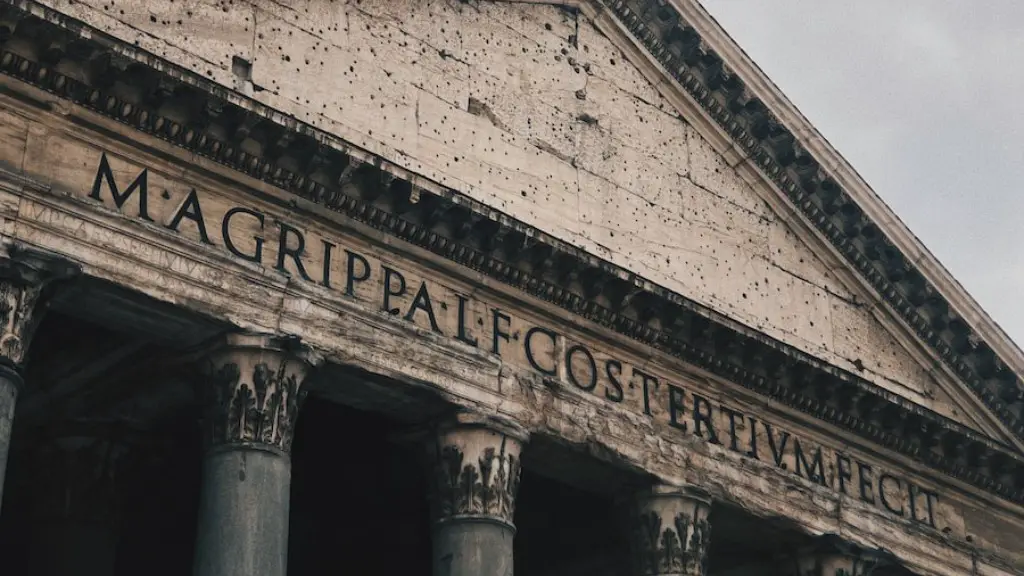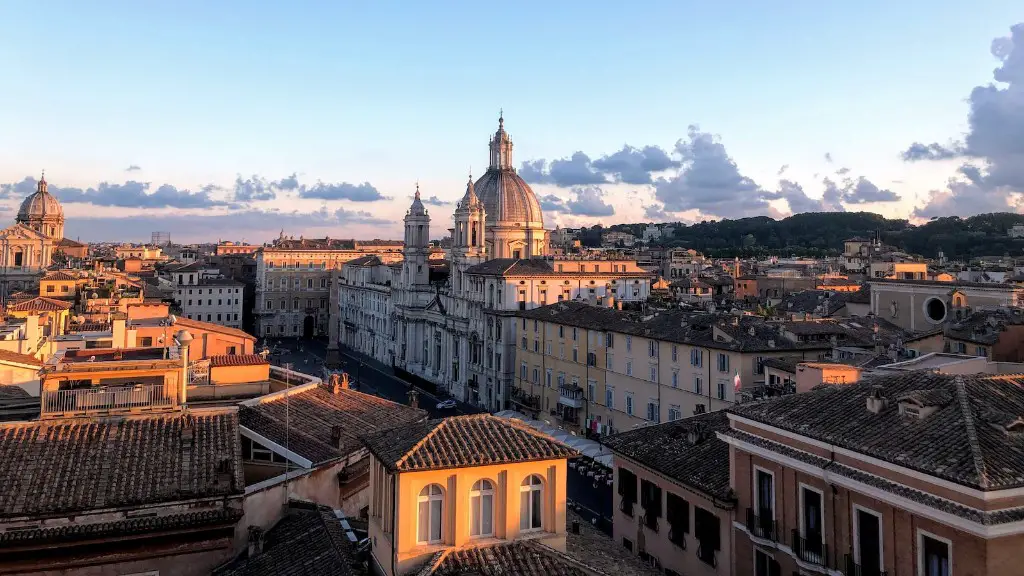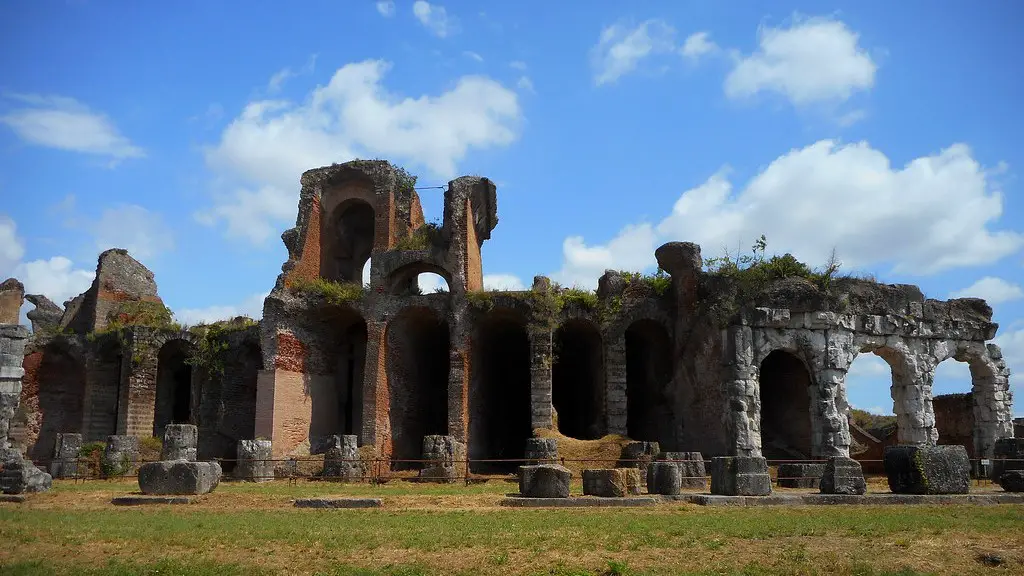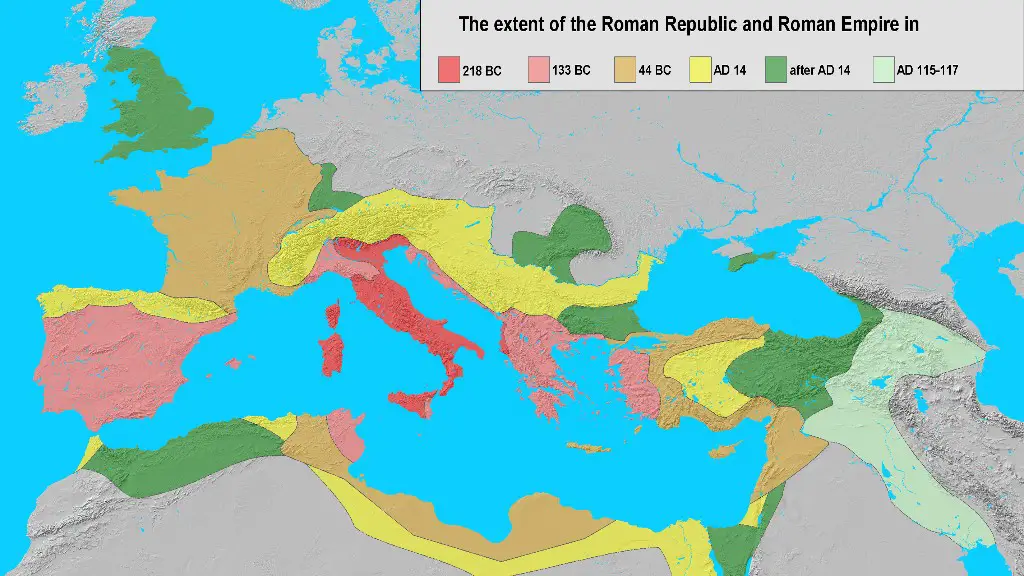In ancient Rome, a patrician was a member of the upper class. The first patricians were the original landowners who came from the families of the first Senate. Patricians had a great deal of power and always held high office. As Rome became a great empire, however, the number of patricians decreased.
The patricians were the wealthier citizens of ancient Rome who belonged to the upper class. They were the ruling class of Rome before the establishment of the Republic in 509 BC.
What was the role of patricians?
The patricians were the wealthy land-owning noble class in Rome. They often owned slaves who would work their farms for them. The patricians inherited their power and held almost all the important government positions such as the consuls. However, only males could vote.
The term plebeian referred to all free Roman citizens who were not members of the patrician, senatorial or equestrian classes. Plebeians were average working citizens of Rome – farmers, bakers, builders or craftsmen – who worked hard to support their families and pay their taxes. Over time, the plebeians became increasingly politically active and organized, eventually winning the right to elect their own representatives (the tribunes) to the Roman government. In doing so, they became an important force in the Roman Republic and a key part of Roman society.
What are patricians vs plebeians
The patricians and plebeians were the two main social classes in ancient Rome. The patricians were the wealthier, upper class while the plebeians made up the lower class. The two groups were completely separated and had different rights and privileges. For example, plebeians could only marry other plebeians while patricians could marry anyone they wanted.
The patrician class in early Rome was a group of families who were privileged in comparison to the plebeian class. These families had more power and influence than the average citizen and were often wealthy.
What jobs did patricians have?
The patricians were the upper class in Ancient Rome and held all of the government and religious positions. The plebeians were the lower class and were not allowed to hold public office or marry patricians.
The Roman Republic was established in 509 BC, and one of the first things they did was to create lawmaking bodies that represented different classes of people. At first, only the upper-class patricians had the right to make laws, but eventually the lower-class plebeians gained this right as well. This helped to create a more fair and just society for all Romans.
The class structure in ancient Rome was very formal and official. Records of each class were kept, and being wealthy was often not enough to move up through the classes. There were three basic divisions in Roman society: citizens, noncitizens and slaves.
Roman plebeians were the common working class of the Roman republic. They were free citizens who were not patricians or slaves.
Did plebeians own slaves
It was not uncommon for plebeians and ex-slaves to own a few slaves. This was a sign of status and wealth which nearly everyone in ancient Rome aspired to.
The socio-economic class of a person in Ancient Rome was determined by their birth. The patricians were the wealthier class because they were born into noble families, while the plebeians were born into poorer families and typically had less money. However, there were exceptions to this rule: there were some poor patricians and some rich plebeians by the late Roman Republic. This shows that while birth played a role in Ancient Rome’s social hierarchy, it was not the only factor.
Were patricians rich or poor?
The patrician class was a significant social class in the Roman Empire. Patricians were wealthy landowners from old families who provided the empire’s political, religious, and military leadership. The class was open to a chosen few who had been deliberately promoted by the emperor.
Thepatricians were the wealthier and more powerful class in Ancient Rome. They held more political power than the plebeians, and their status allowed them to own and control the land. The patricians were also the only class that could serve in the Roman Senate.
What did patricians believe in
The patricians were the upper class in Ancient Rome who claimed to have special knowledge of the gods. They served as custodians of religious law and had the authority to punish offenders. Unfortunately for the patricians, this dominance could not last forever. The plebeians (lower class) eventually revolted and took away the patricians’ power.
The head of the household was responsible for the actions of any member of his household. He had the power of life and death over the members of his household. Even when his children became adults, he was still the boss.
What is an example of patrician?
A patrician is a person with high social rank. Cameron was a rich man and a patrician. If you describe someone as patrician, you mean that they are sophisticated and look as though they are from a high social rank. He was a lean, patrician gent in his early sixties.
Wine was the main drink for ancient Romans and it was often diluted with water for daily consumption. The practice of adding water to wine was actually thought to improve the flavor of the drink. In addition to wine, Romans also consumed beer and other alcoholic beverages.
Conclusion
Patricians were a class of aristocratic landowners in ancient Rome. They typically held high social and economic status and were members of the ruling class.
In conclusion, the patricians in ancient Rome were a social class that held a lot of power and prestige. They were often wealthy landowners or upper-class citizens who held high positions in the government or military. The patricians had a lot of influence over the common people and often controlled their lives.





